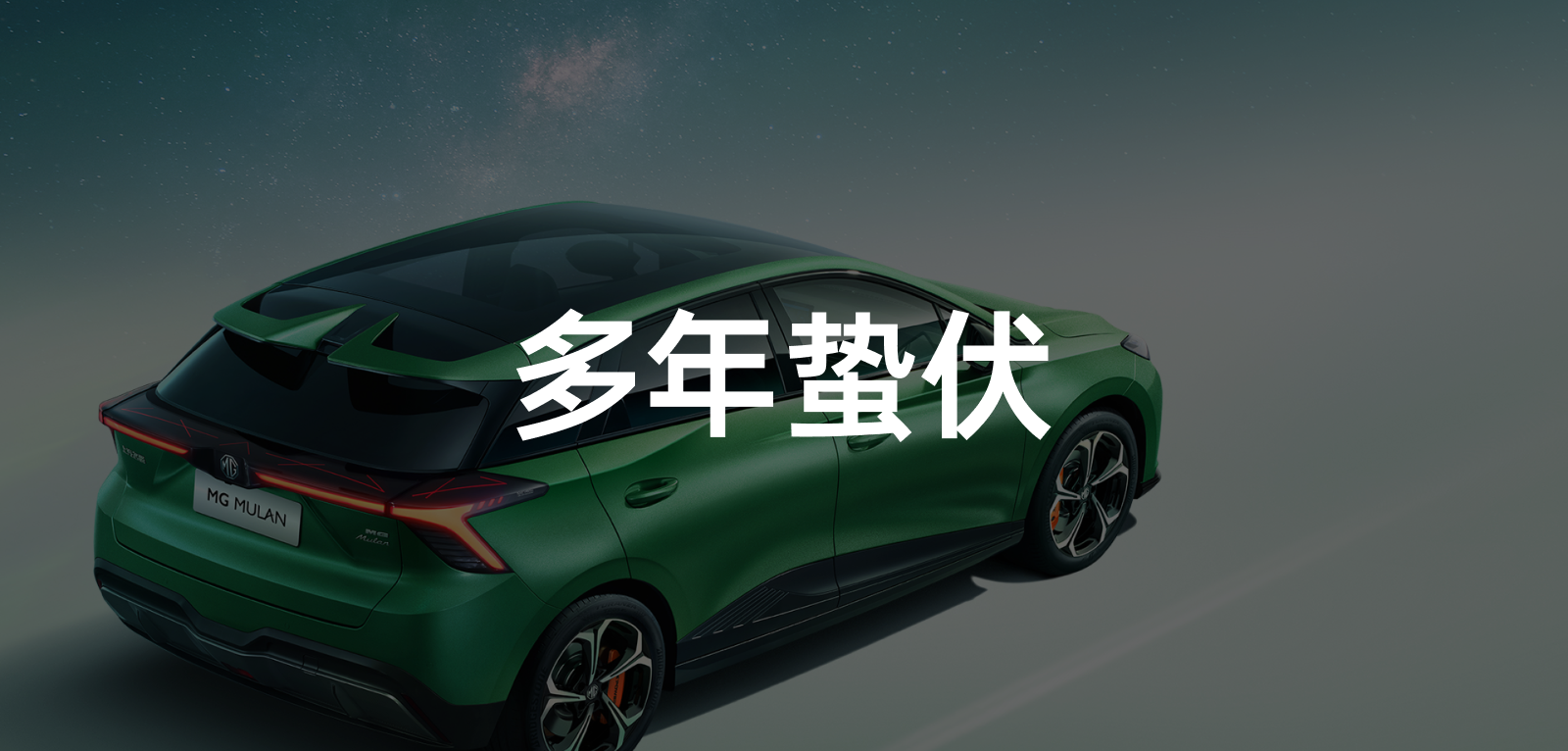On June 13, MG unveiled its MG MULAN model for the first time. Zhang Liang, Vice General Manager of SAIC Data Business Department, Chief Digital Officer (CDO) of Passenger Vehicle Company, and MG Brand CEO, as well as Zhu Jun, Vice Chief Engineer of SAIC Group, also known as the “Father of SAIC New Energy” and General Manager of Zen Energy, gave a detailed explanation of the product, the brand positioning of the entire MG, and specific technologies such as LBS flat battery and Magic Cube Battery Ecology.
Although the highlight of the press conference was the MG MULAN, a vehicle that is important to both MG and SAIC, I saw SAIC’s determination to build an efficient battery swapping ecosystem through this short communication.
MG MULAN
The protagonist of the press conference was the MG MULAN. In Zhang Liang’s words, this compact SUV was “born with a golden key.” In fact, this model had already landed on the Ministry of Industry and Information Technology website on June 8, and some information had been released. Let’s align them first:
-
The dimensions are: 4,287 x 1,836 x 1,516 mm, with a wheelbase of 2,705 mm.
-
The 125 kW motor corresponds to the lithium iron phosphate battery, with a weight of 2,062 kg, and the 150 kW motor corresponds to a ternary lithium battery, with a weight of 2,086 kg.
-
The appearance has also been fully exposed:
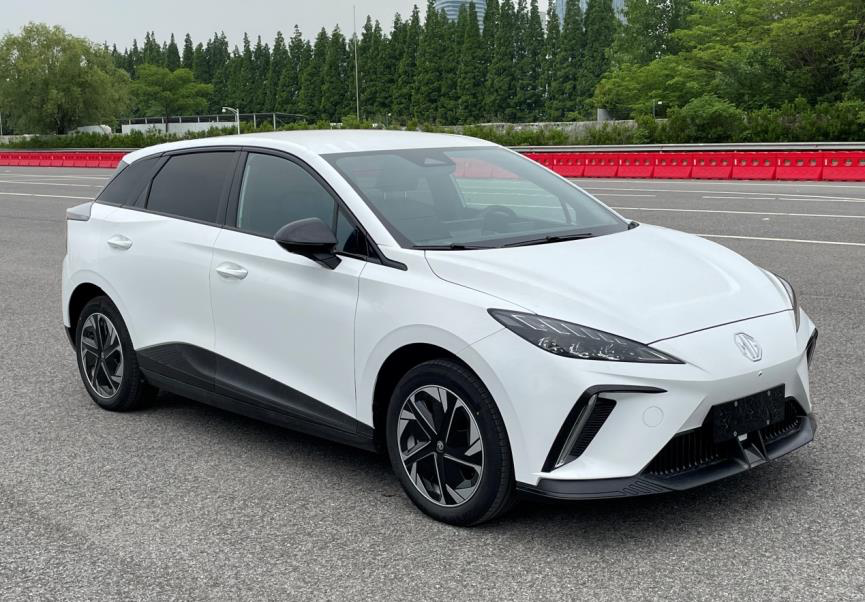
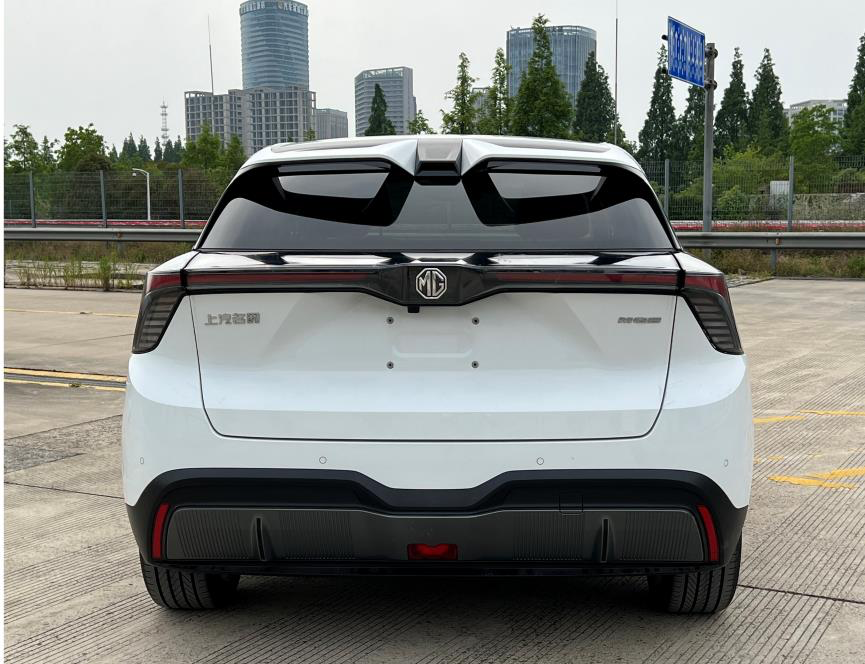
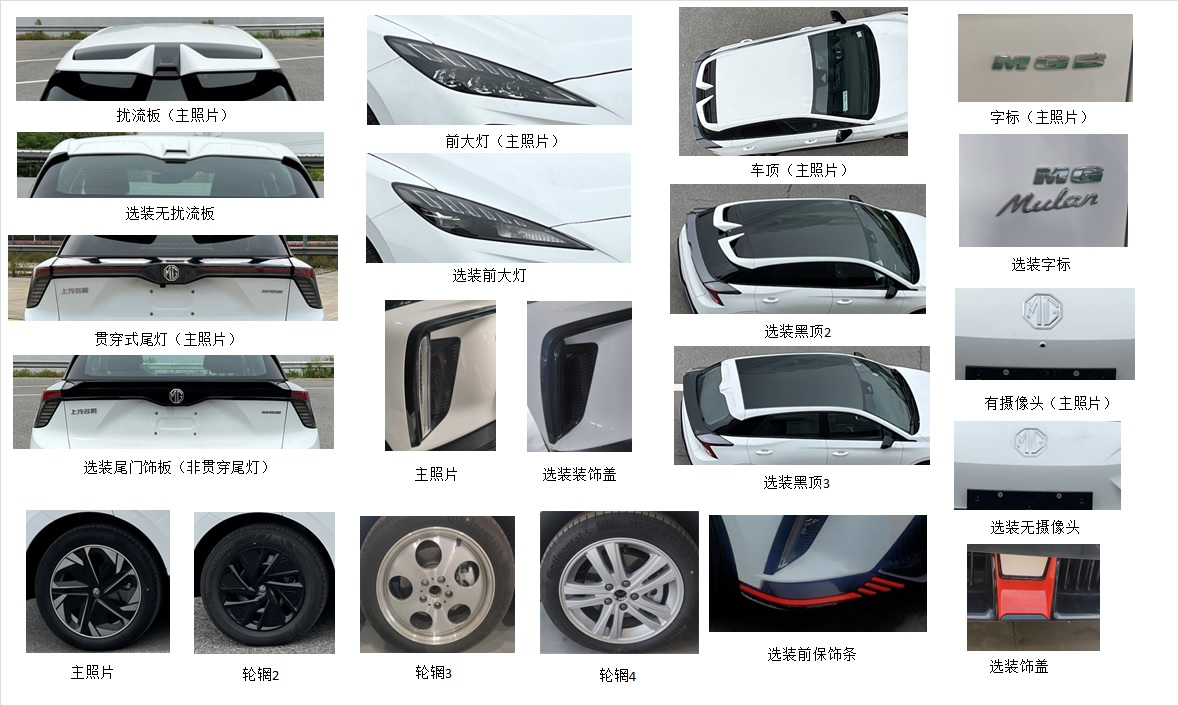
Many of the product features of the MG MULAN are actually built on modular technology platforms such as Nebula Architecture and Magic Cube Battery. Most of the micro-expressions on the MG MULAN are concentrated on the vehicle’s performance:
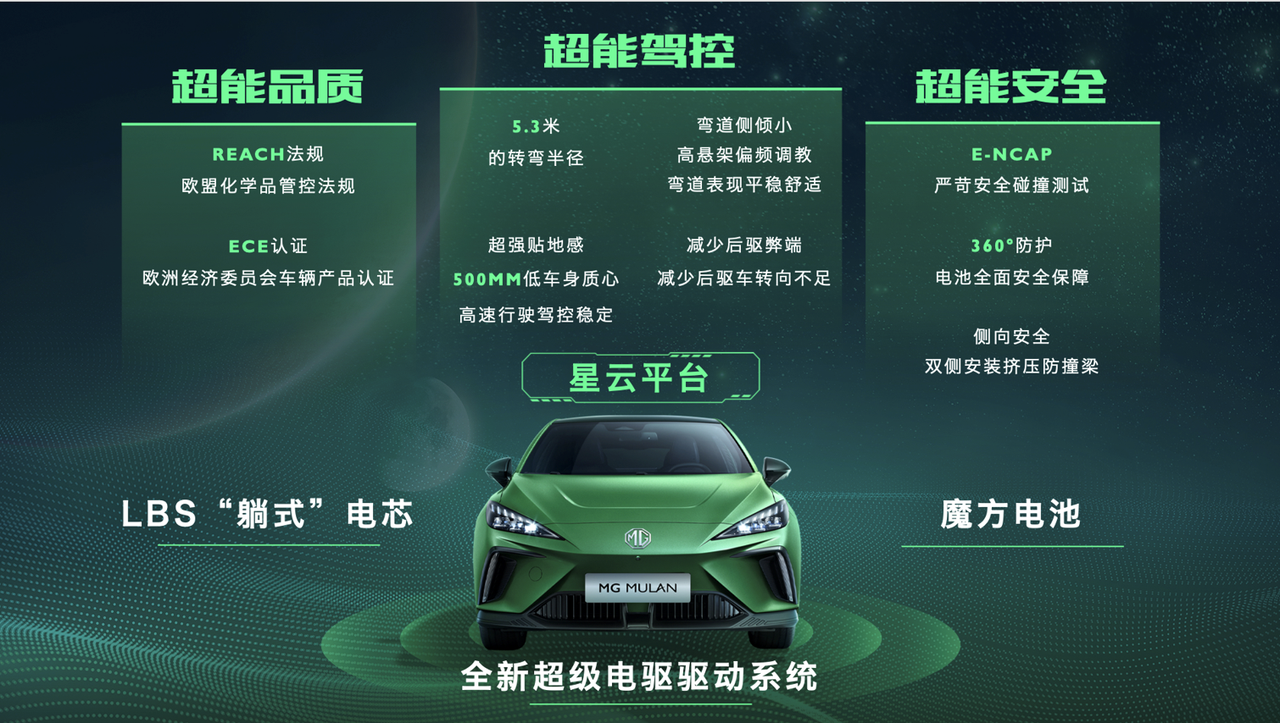
-
It can accelerate from 0 to 100 km/h in 3.8 seconds.
-
It has a turning radius of 5.3 meters.
-
The front and rear axle load ratio is 50:50.
-
It has a rear-wheel drive and five-link suspension.
-
The center of gravity is 490 mm high.The achievement of breaking 0-100km/h in 3.8 seconds is achieved in the four-wheel drive mode, with a front motor of 150 kW and a rear motor of 180 kW. Zhu Jun also mentioned the electric drive motor under the Starry Sky Architecture, which is divided into three types: 150 kW/250 N·m, 180 kW/350 N·m, and 250 kW/450 N·m. Different power combinations can be achieved by arranging the motors in the rear axle or both axles.
In addition to the suspension, almost all other performance improvements rely on the technical support of the LBS laying battery or “LBS lying cylindrical cell”.
LBS Laying Battery
The MG MULAN will be equipped with battery packs of 51, 64, and 77 kWh, and the selected electrochemical system is divided into iron-lithium phosphate and ternary, with all three battery packs having a thickness of 110 mm. Such ultra-thin dimensions are due to the LBS lying cylindrical cell.
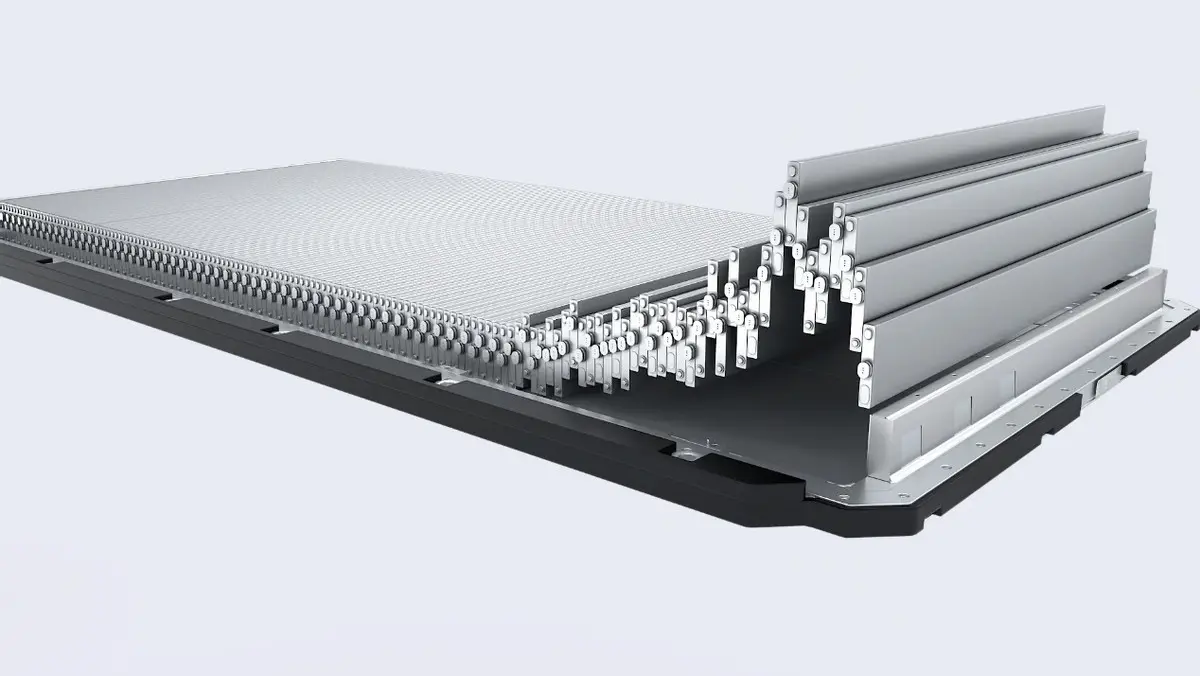
This is BYD’s blade battery, which is a super long rectangle arranged vertically in the battery pack, not stacked.
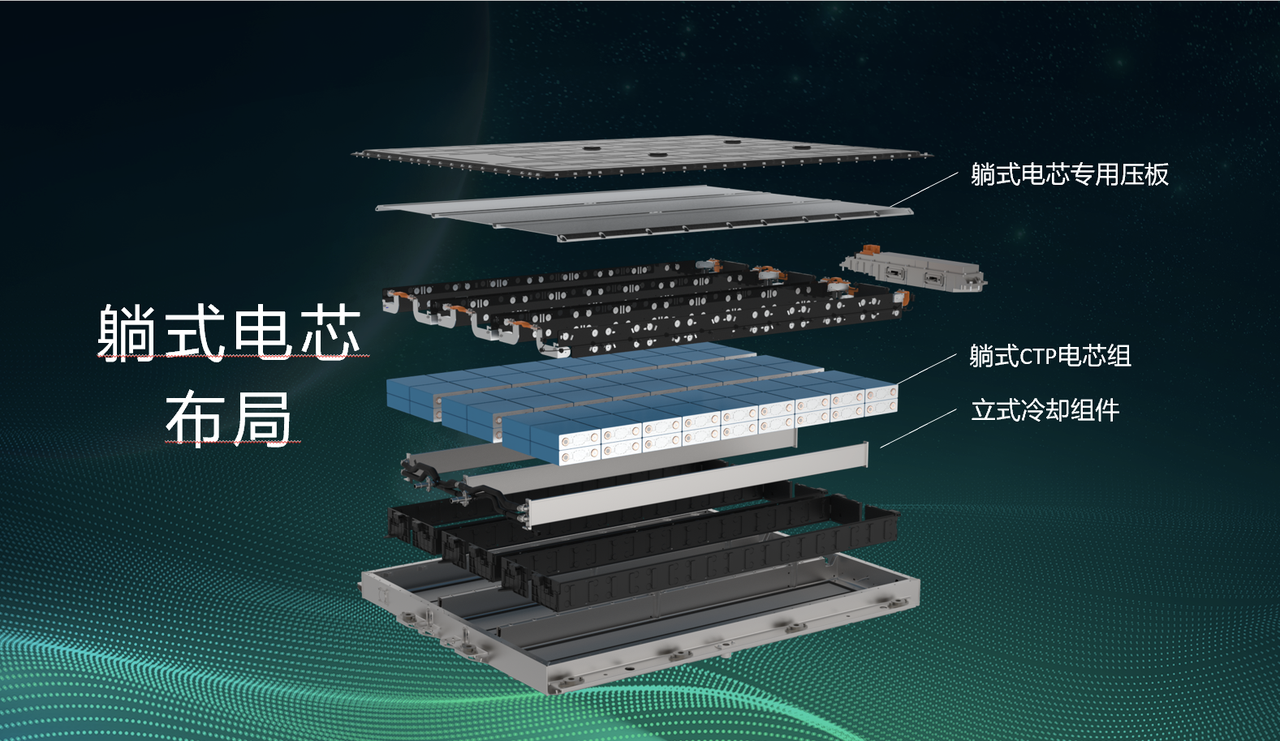
This is the layout of LBS laying cylindrical cells in a module, where the cells lie down clearly. The purpose of doing so is to increase the volume utilization rate of the cell as much as possible, and the overall thickness of the module can be reduced.
During the presentation, the state of LBS lying cylindrical cells was likened to stacking and standing poker cards. This analogy is very appropriate for the improvement of heat dissipation difficulty. However, since the cells are laid down, the contact area with the heat dissipation water plate is reduced. How to solve the heat dissipation cooling problem? The solution lies in the “vertical cooling structure”, which stands up the original cooling water plate and makes it into a vertical cooling water plate. In fact, it is still bottom heat dissipation, but after lying down, it becomes a side heat dissipation. Just imagine stacked and standing poker cards.
Battery volume will change due to temperature, state of charge, and other factors. How to solve this problem? Zhu Jun said that through an interactive structure of compression, during the entire life cycle, the battery’s different states of charge can fix the battery within a limited range. At the same time, under the same use of power, the battery life can be greatly extended. Taking the 64 kWh version of the battery as an example, MG claims that it can achieve a very long life of 12 years and 1 million kilometers.
Next is the production trouble, because the original cell design and arrangement are vertical, SAIC and Ningde Times have conducted a lot of verification on the infiltration of electrolyte and the internal structure of cylindrical cells, and finally achieved mass production.In general, the LBS horizontal battery brings the product characteristics of lightness and flatness to the Mofang battery. The modular design idea allows the Mofang battery to have the ability to replace different-sized batteries under a unified battery-swapping device. This is also a big step for SAIC Group, which we will discuss in detail in the third section.
Does the super high rigidity of CTB/CTC have no use?
The LBS horizontal battery packaging technology uses CTP technology. By contrast, the previous BYD CTB and Leapmotor CTC are more focused on the chassis, integrating the battery into the body to jointly bear the force.
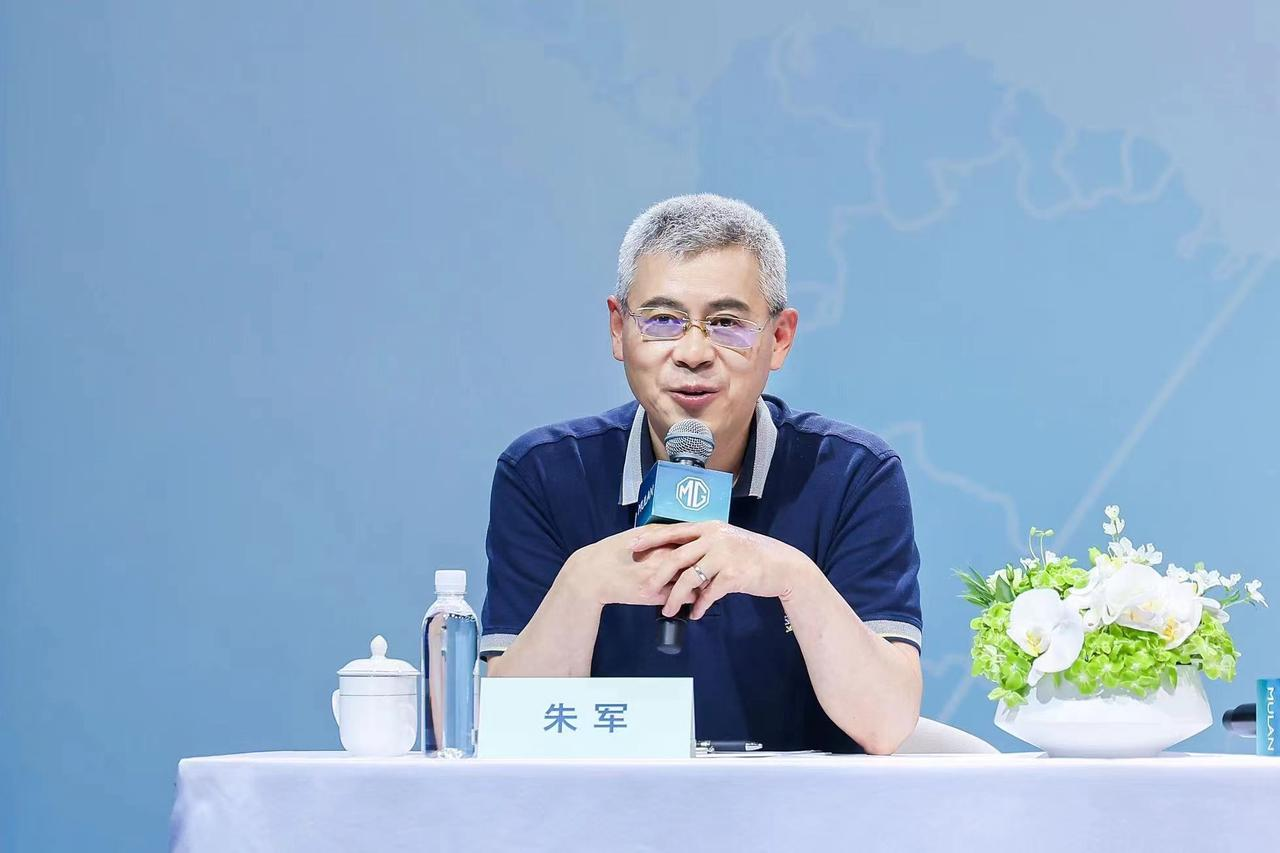
What does Zhu Jun think of CTP and CTB:
“CTP jumps over the module level and directly turns the cell into a pack. In the past, when making battery packs, SAIC made cells and modules while the SAIC era made packs. Now that there are no more modules, the cells from the SAIC era are directly sent to the SAIC era’s pack factory, saving a module link. However, many of the components and their functions at the module level need to be reflected at the pack level.”
“CTB means that the cell is directly made into the car without canceling the pack. For example, some car companies integrate the lower floor and the upper cover of the battery into one. Of course, it has its advantages, that is, it saves a little material and corresponding weight of the lower floor. But the problem is that once the upper cover associated with the lower floor is deformed due to side collision of the car body, the battery seal no longer exists. What used to be cheap to repair partial deformation is now a big problem for the entire battery pack.“
As for the improvement in the stiffness of the vehicle body brought about by CTB, Zhu Jun challenges (questions) this notion, as he believes:
“Since the battery is directly installed on the car, CTB can help to improve the stiffness of the vehicle body. But if I package the entire separate battery to the car and tighten it, won’t it be as good? And how much this stiffness is improved depends on how thick my battery is. But is such high rigidity necessary? Normal cars have about 20,000 Nm of rigidity, which is good enough. What is the value of getting 50,000 or 60,000 Nm?“
Therefore, I don’t think CTB is all good, and I don’t think CTP is all good either. Both have their own advantages and disadvantages. In this market competition, everyone will ultimately obtain the largest user acceptance to the greatest extent. I think it can be said who is good and who is not good at that point in time from that perspective.Actually, I have gained a good impression of Zhu Jun, the Deputy Chief Engineer of SAIC Group, after his fair and knowledgeable explanation, which I have gained some appreciation.
Why is it named MULAN?
In my opinion, the official statement by MG can be divided into two aspects. One is the “Mulan Spirit” and the other is the international IP recognition of Mulan.
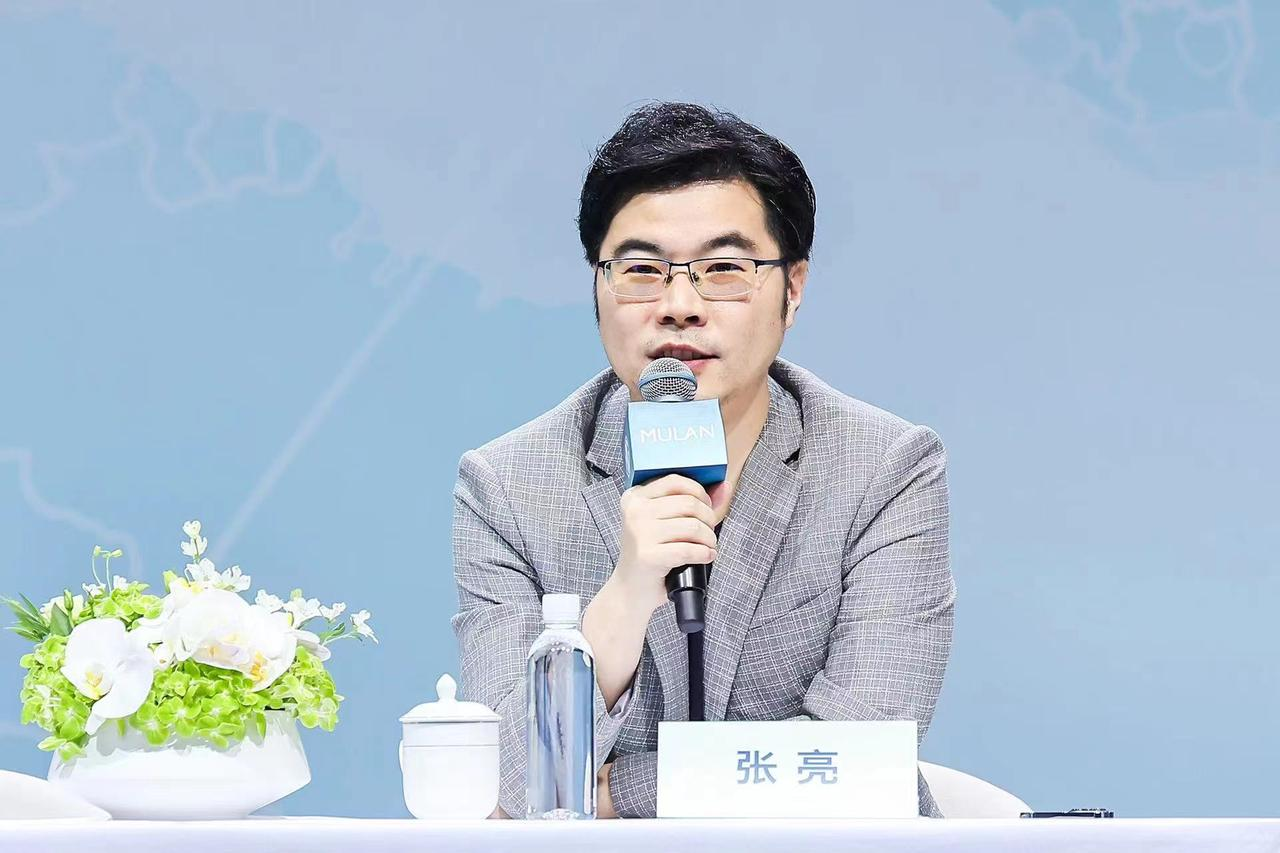
Zhang Liang believes the essence of the Mulan spirit is solid strength, responsibility and innovation, which is the spirit core that Chinese brands need for “going global”. During the communication meeting, Zhang Liang emphasized that it was not about highlighting Mulan as a female warrior, but to emphasize the Mulan spirit through the Pinyin name “MULAN”.
Apart from Sun Wukong and Kung Fu Panda, the most well-known Chinese animated IP abroad is Mulan, which Disney promoted to a great extent and deeply rooted in people’s hearts.
Another point that MG repeatedly emphasized in the communication meeting is “internationalization”.
MG is an international brand
In recent years, XPeng, NIO, and BYD have been or have begun to distribute their products in Europe through Norway, the Netherlands, etc., or to start their own overseas operations. However, in fact, MG has gone much further than them.
It’s clear that MG is a brand with a century-old history originating from the UK. Originally, MG and Lufeng (Roewe) were packaged for sale to Nanqi, which was acquired by SAIC Group, and MG was also incorporated into SAIC Group. MG’s recognition in the overseas market was originally not low, and SAIC Group continued to use MG to consolidate and expand its overseas market, so MG has indeed sold well in both “homeland” Europe and its “hometown”.
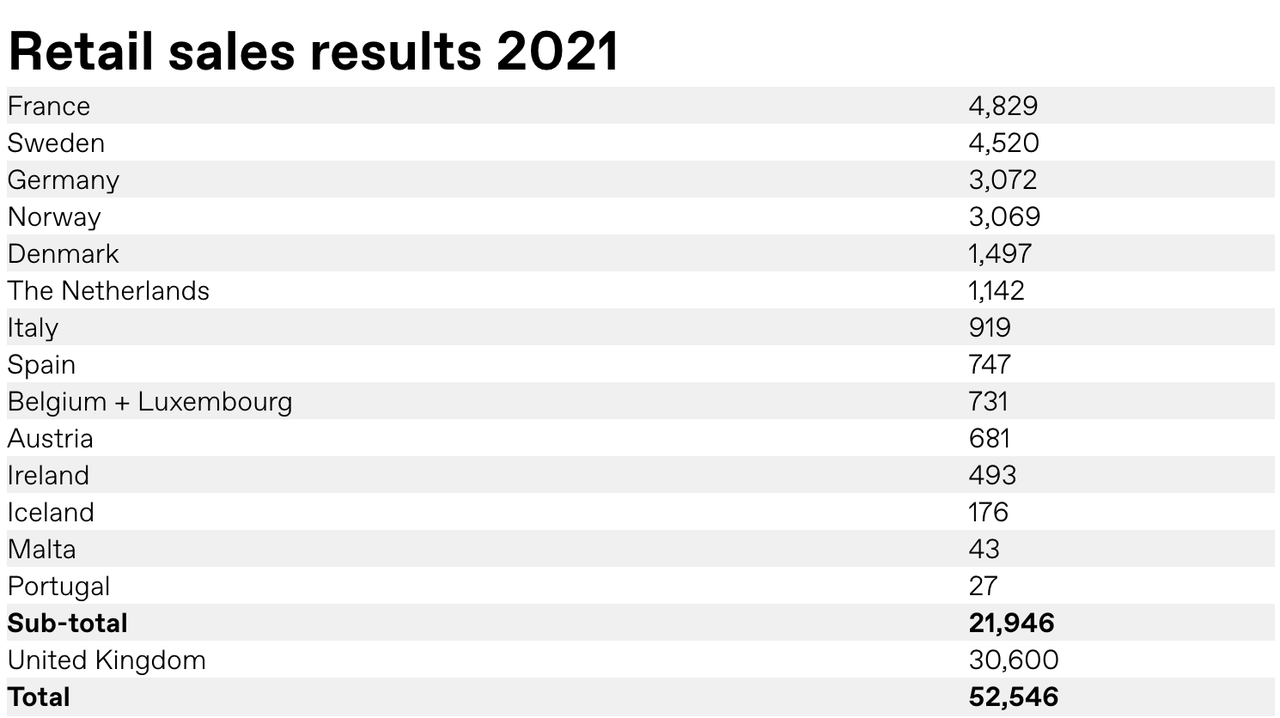
In 2021, MG sold 21,946 vehicles in Europe, with sales revenue tripled. In the “homeland” of Britain, it sold 30,600 vehicles! In the Australian and New Zealand market, MG sold 43,000 vehicles, even surpassing brands such as Mercedes-Benz and BMW, ranking ninth.
In terms of models, MG focuses on pure electric and plug-in hybrids, with the MG EZS (ZS EV), MG EHS being the main sales, and Marvel R Electric being sold out immediately after launch. The expansion speed of stores is also surprising, and MG has expanded to 12 countries in Europe and opened more than 400 stores in just 18 months!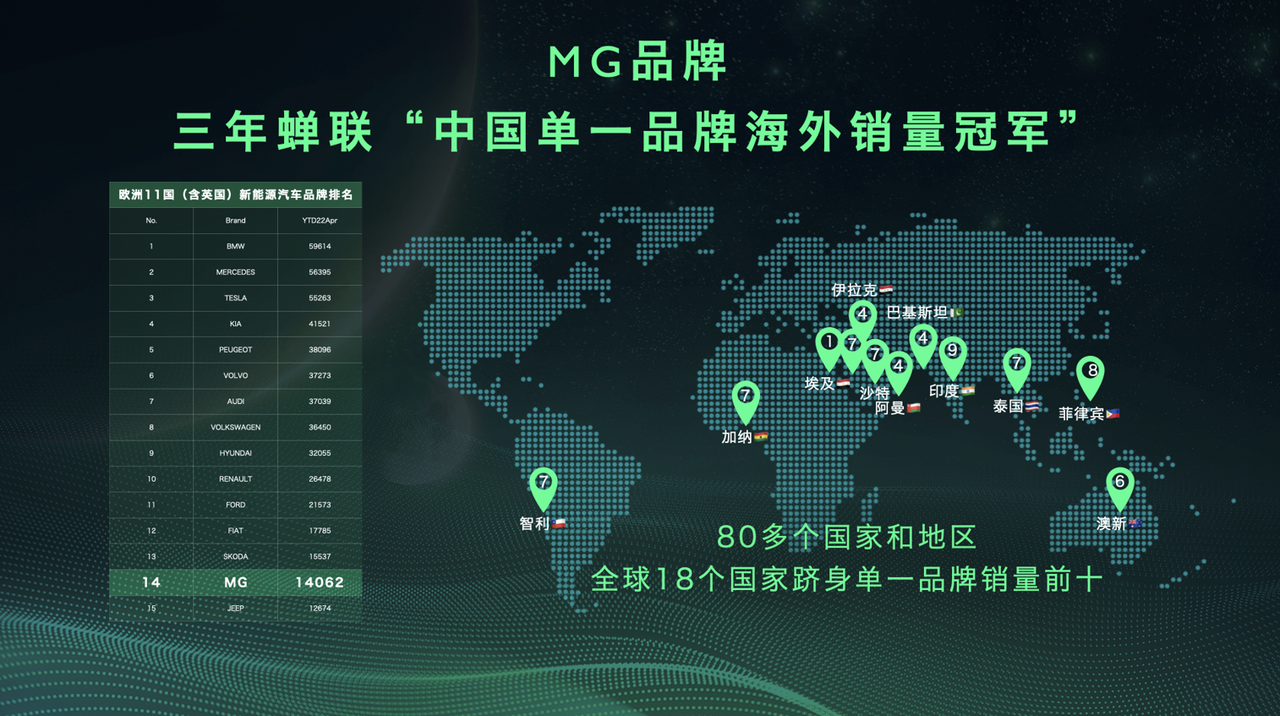
Of course, MG did not just sit in Europe. In 2021, MG has successfully entered more than 80 countries and regions, and has ranked among the top ten sales for a single brand in 18 countries worldwide. For three consecutive years, it has won the “Chinese single brand overseas sales champion”.
Yes, while domestic car companies are considering how to lay out their internationalization plan, MG has already used its strong sales performance to show that they have passed this stage. With the taste of success, MG has put forward more ambitious development goals. Based on consolidating its existing sales, it aims to make MG MULAN a “native” international product.
Regarding this, Jun Zhu’s answer is very interesting. He mentioned that when developing a new platform, new batteries, and new models, they considered internationalization requirements. For example, in Norway’s cold climate, the cool and flashy charging port opening method would freeze and lose practicality in extreme weather. Germans, on the other hand, want to drive fast, and they hope that the vehicle’s maximum speed can reach 200 km, and so on.
Jun Zhu’s insight goes even further. He mentioned the benchmark models set for MG MULAN. From the European fuel-powered champion Volkswagen Golf to the current pure electric model ID.3, they are all benchmark models. However, the product that MG MULAN fully benchmarks has not yet been born. It is the compact model “Model 2” that we have heard repeatedly. This also shows the importance placed on MG MULAN by the entire SAIC, including MG.
The Ecology and Business of Battery Swapping
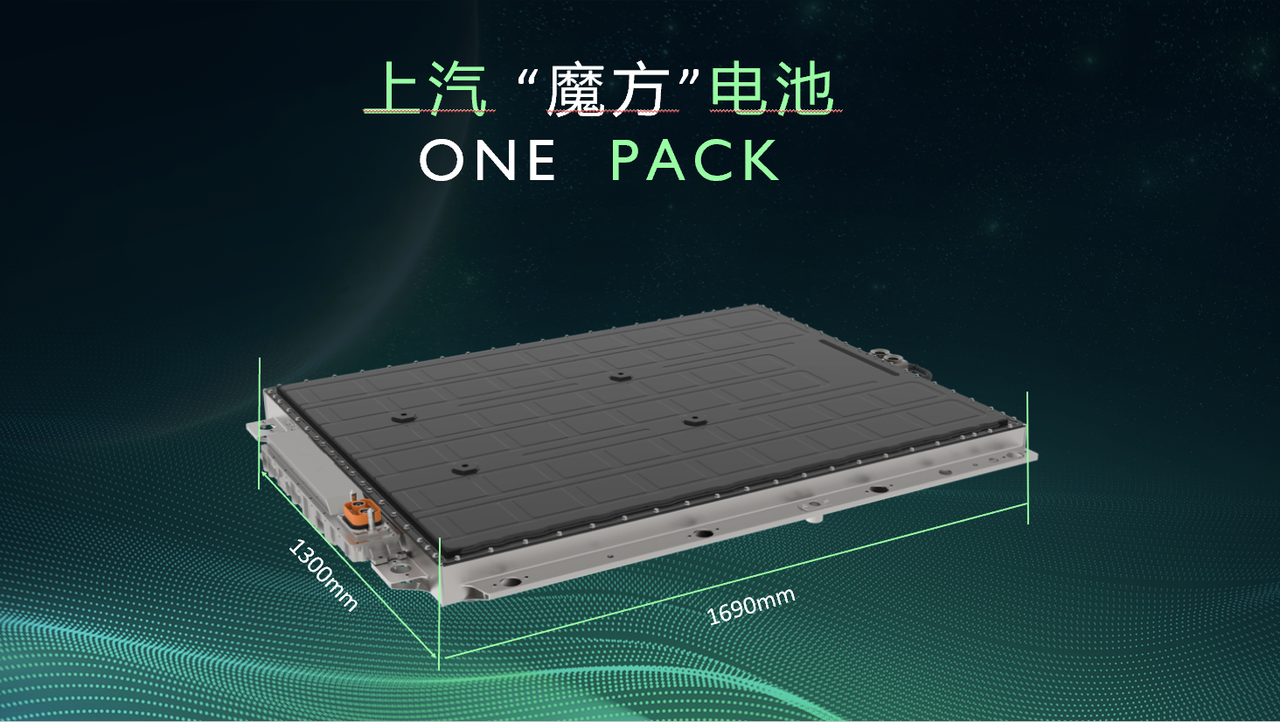
MG MULAN uses SAIC’s “Magic Cube” battery (ONE PACK). It is named ONE PACK because the projection area of all batteries on this platform is the same. The width and length are fixed at 1,300 x 1,690 mm, and the thickness has three options: 110 mm, 125 mm, and 137 mm. The battery cells in the battery pack can be arranged in series of 96 to 108. In the end, different combinations of energy density and size can be achieved in the battery pack.
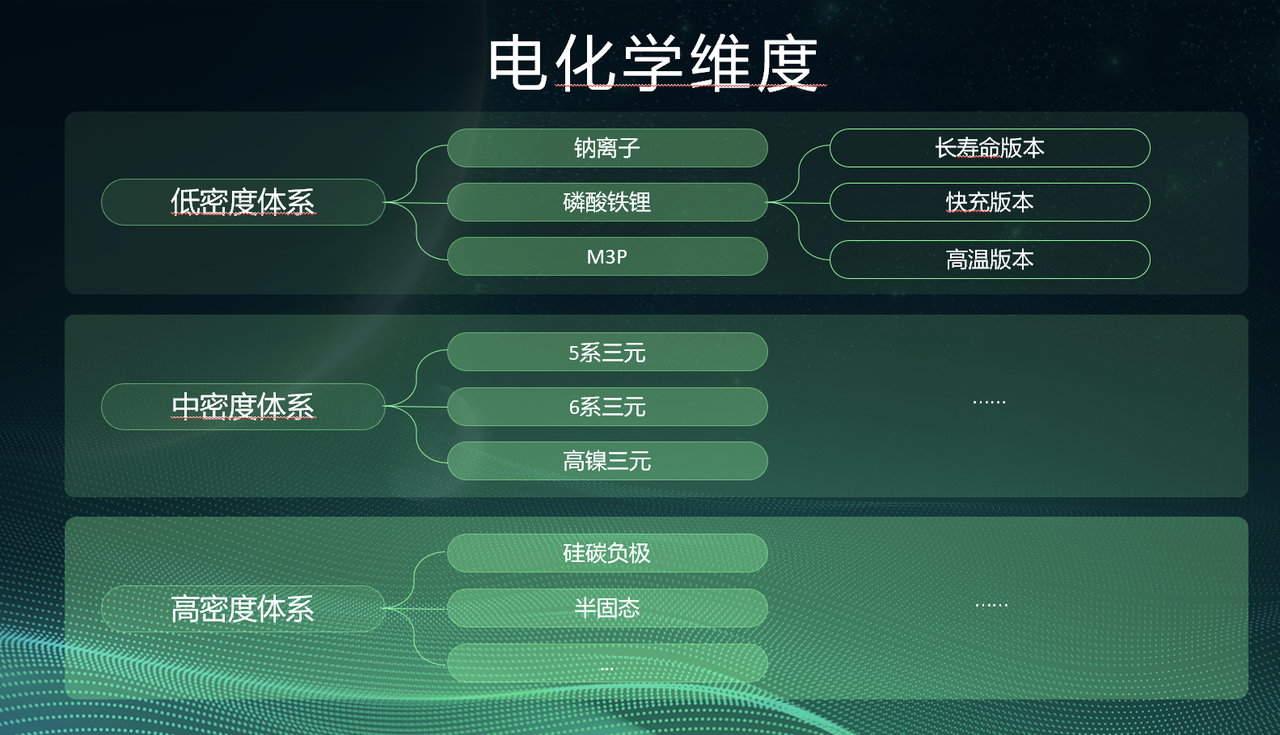 From the perspective of electrochemistry, the Magic Cube battery supports different electrochemical systems, including low-energy-density lithium iron phosphate, medium-energy-density 5/6 series ternary, and high-energy-density semi-solid-state batteries. Even emerging battery types such as sodium-ion batteries and phosphate batteries that have not yet been mass-produced are also compatible.
From the perspective of electrochemistry, the Magic Cube battery supports different electrochemical systems, including low-energy-density lithium iron phosphate, medium-energy-density 5/6 series ternary, and high-energy-density semi-solid-state batteries. Even emerging battery types such as sodium-ion batteries and phosphate batteries that have not yet been mass-produced are also compatible.
The battery capacity ranges from 44 kWh to 150 kWh. From thickness and chemistry to battery capacity, the combination of Magic Cube batteries has completely covered current and future battery technologies for a long time to come. All external connection keys of Magic Cube batteries are identical, laying a foundation for battery swapping for different sizes.
This means that SAIC will likely have the most complex battery swapping system through the use of Magic Cube batteries.
Why is such a complex battery swapping system needed?
First, let’s answer why SAIC needs battery swapping. During the CTB and CTP technology discussion, Zhu Jun gave two interesting and vivid examples.
-
In the future, fuel will be replaced by electricity and a large number of vehicles will need charging. SAIC’s most aggressive charging power in the plan has reached 350 kW, but the cable of this charging pile requires liquid cooling and the weight is very exaggerated. Even at this power level, it takes 15 to 20 minutes to charge up to 80%.
-
When charging at a rest area on the expressway, if 10 or 20 cars are lined up at one charging station, it takes a long time. Unlike oil vehicles, I can queue up at a gas station for no more than 20 minutes.
This also extends to SAIC’s overall battery swapping layout thinking, eventually deciding to take the battery swapping route.
SAIC is different from NIO. NIO currently has four models using the same battery (size), including 866 and ET7. SAIC has various passenger car brands such as MG, RisingAuto, and Roewe, each with its own specific needs for batteries. Therefore, from the beginning, SAIC considered that the Magic Cube battery should not only support battery swapping but also support body swapping with different sizes. However, the core requirement is that the battery must be thin enough to fit into a compact car like the MG MULAN and still have good space performance. Different chemical systems and battery pack energy density are designed for different markets and needs.
Another advantage of battery swapping is residual value in the used car market, which NIO also emphasizes through their battery separation plan. MG or SAIC’s vehicle and battery separation and rental plan will be explained next month.Due to the rapid divergence of battery chemistry schemes and technological paths, the price difference of batteries, as the main body of electric vehicles, will become greater and greater. It can be foreseen that in the future, second-hand car dealers should be familiar with the chemical formula of batteries as well as various positive and negative pole technologies, and I am not joking about this! SAIC has adapted to such a complex battery system, so the hardware-based battery swapping scheme can better reduce consumers’ difficulties in residual value and maintenance.
Zhujun believes that the promotion of battery swapping mode will further change everyone’s driving habits. He also suggests that users change to a small battery for short-distance commuting and a large battery for long-distance driving, which is more cost-effective overall. This is similar to NIO’s “Chocolate Battery.”
Although NIO has an open attitude towards the access of other brands to its battery swapping stations, this requires automakers to adapt to NIO’s battery size, which has made most automakers hesitate. SAIC, on the other hand, holds an open attitude towards battery swapping stations, and even the exchange of batteries of different sizes has laid a good foundation for further opening up this ecosystem.
Regarding the construction of battery swapping networks, technical details, and the leasing schemes for battery and vehicle separation, MG officials said that there will be announcements soon. Zhujun also specifically mentioned that it will involve “several heavyweight players,” and NIO will definitely be among them, while others can guess.
In 2022, it can be regarded as an important node for SAIC Group in the whole new energy transformation. Zhi Ji, Fei Fan, and MG are all based on new architectures and battery schemes and are making breakthroughs.
MG has been lurking in the pure EV field for many years. In the past few years, as the domestic market has gradually exploded, it has endured loneliness and “accumulated energy for a long time.” Therefore, MG wants the “MULAN with a golden key” to open a door that contains more imagination. This is not just for occupying a small subdivision field or market, “not just to fire up in a year or two,” but to break out of the country and enter the hinterland of developed countries and compete head-on with international giants’ fist products. From this perspective, MULAN needs to have a comprehensive capacity, and also shoulders the mission of the entire MG brand. In Zhang Liang’s words, it is a product that “covers breadth.”
Of course, the information about MG MULAN is far from over, such as the cabin’s craftsmanship and the ability of assisted driving, under the publicity rhythm of MG, this information will come soon. And “deep” and “upscale” products will also be unveiled one after another, starting as early as next month, which are the fuel vehicle model with the code name IP42 and the pure electric convertible sports car Cyberster.
This article is a translation by ChatGPT of a Chinese report from 42HOW. If you have any questions about it, please email bd@42how.com.
